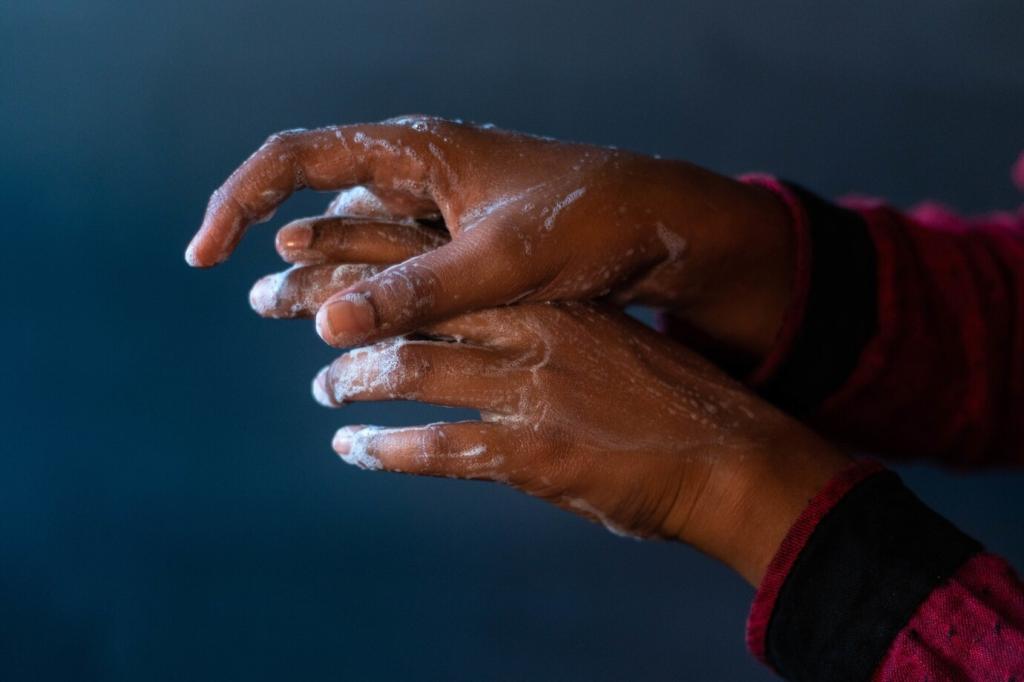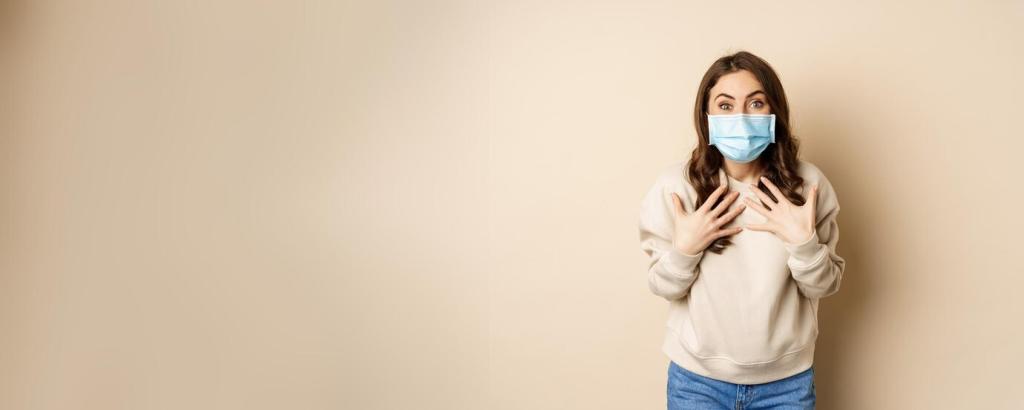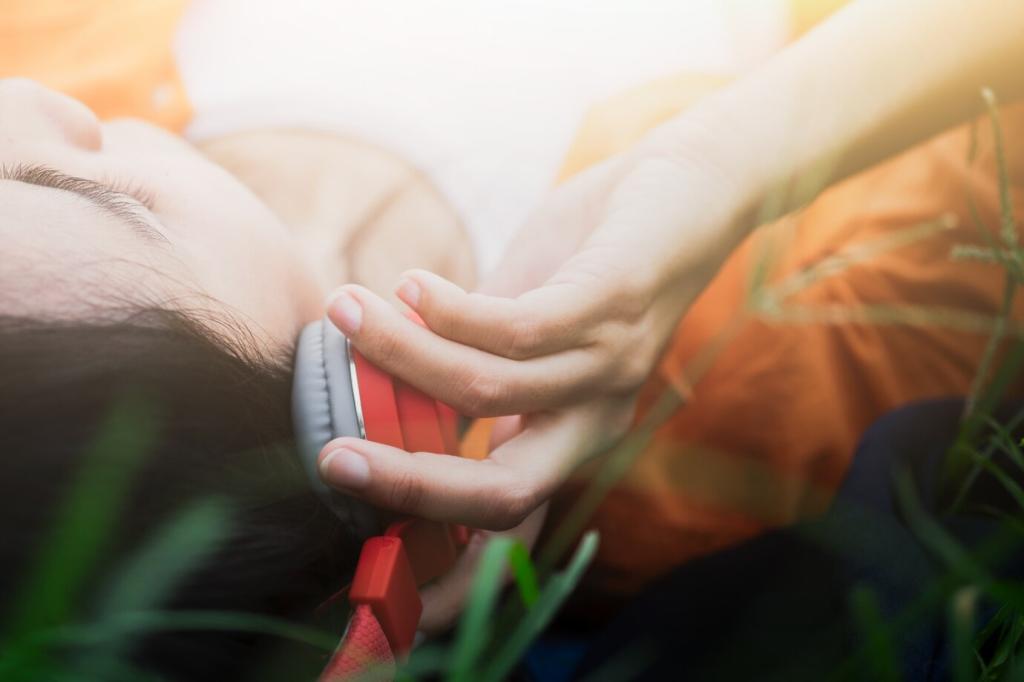Eco-Friendly Upholstery and Fabric Refresh
Blot promptly with a dry microfiber cloth. Apply a mild, plant-based upholstery cleaner or enzyme spray, working from the outside inward. Avoid scrubbing that raises the nap. Rinse with a barely damp cloth, then air-dry thoroughly. Share your toughest stain story and what worked so others can learn.
Eco-Friendly Upholstery and Fabric Refresh
Sprinkle a light dusting of baking soda, let it rest for thirty minutes, then vacuum with an upholstery attachment. Use fragrance-free, enzyme-based deodorizers to tackle organic odors. Open windows for cross-ventilation. If you love scent, diffuse citrus nearby—never directly on fabric—to keep fibers happy.
Eco-Friendly Upholstery and Fabric Refresh
Choose fragrance-free, dye-free, and low-VOC formulas designed for textiles. Enzyme cleaners help with pet accidents, while plant surfactants lift daily grime. Keep a labeled spray bottle and blotting cloth in a reachable caddy. Tell us your household setup, and we’ll suggest a fabric-safe emergency kit list.





